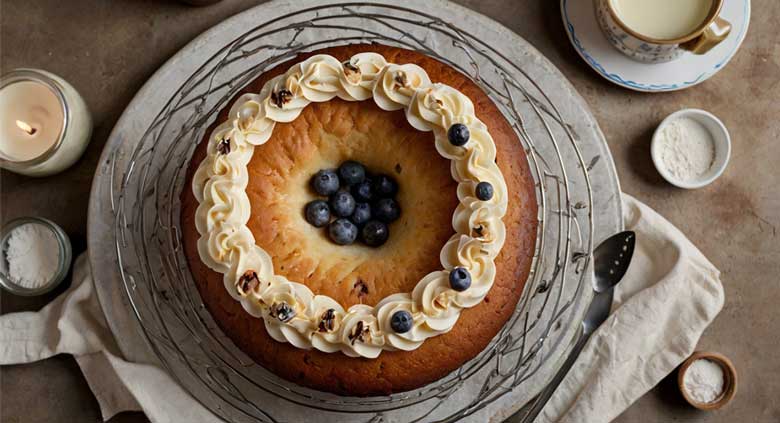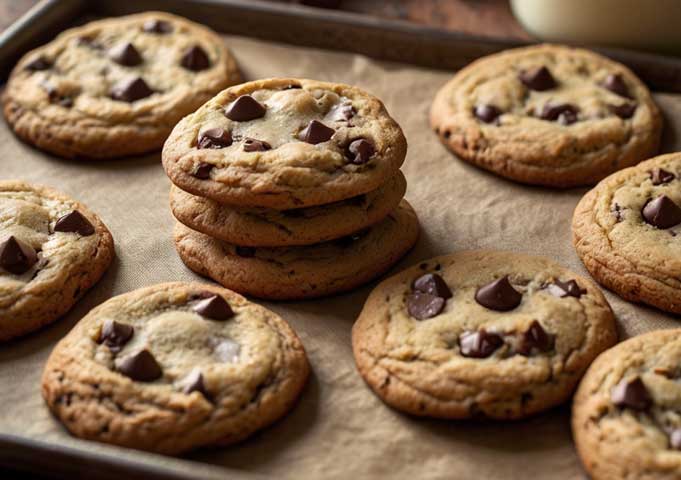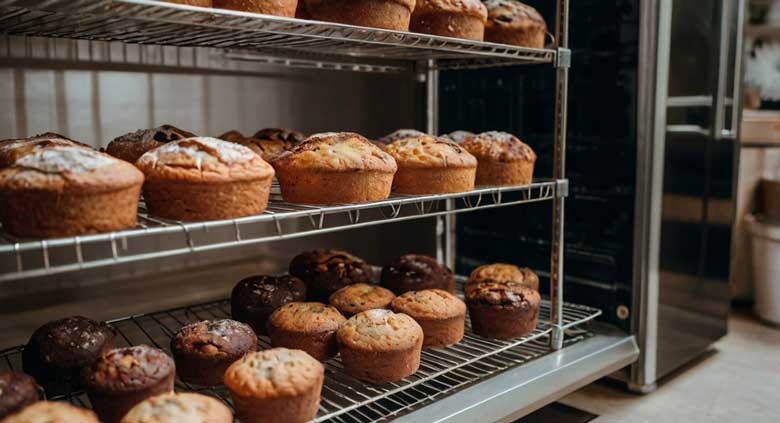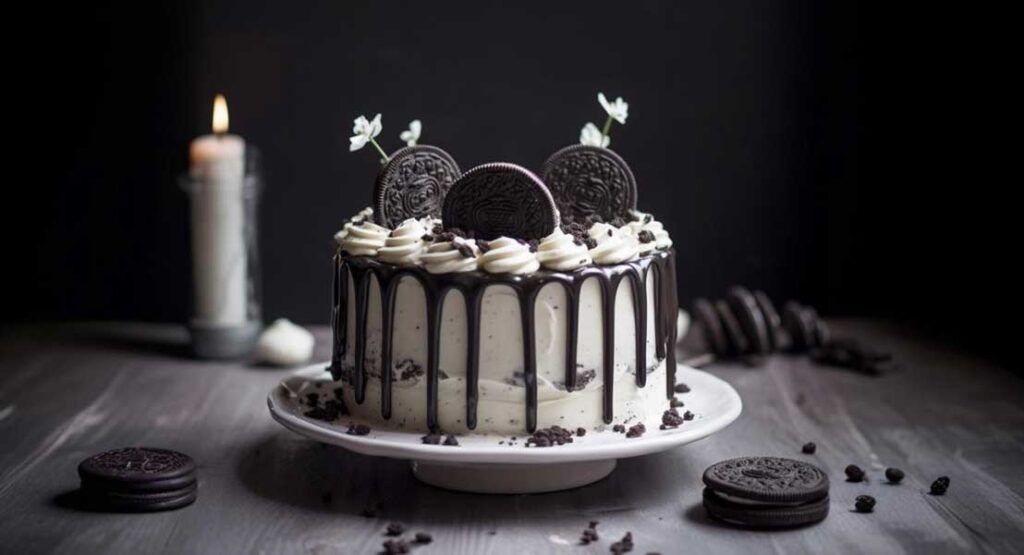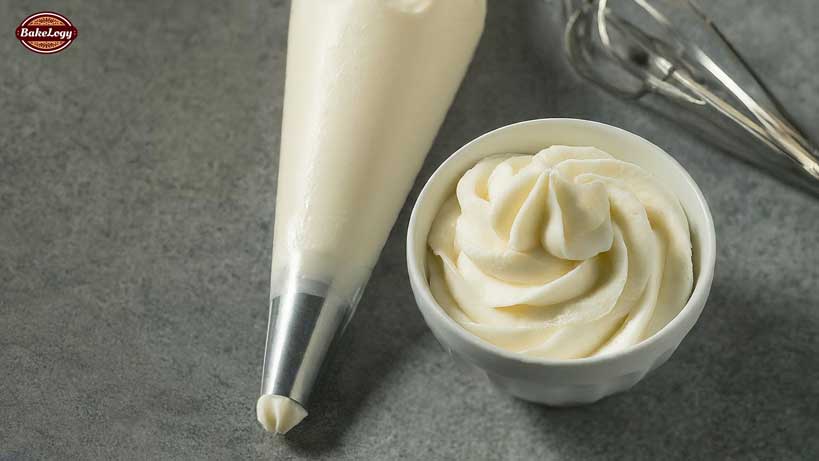Introduction: Why Is My Cake Sinking in the Middle?
There’s nothing more frustrating than pulling a beautifully risen cake out of the oven, only to watch it collapse in the center as it cools. If you’ve ever wondered, “Why did my cake sink in the middle?”—you’re not alone. Many home bakers struggle with this issue, and understanding the causes is the first step to ensuring a perfectly baked cake every time.
A sinking cake is often the result of incorrect measurements, oven temperature fluctuations, or improper mixing techniques. Whether your cakes keep sinking in the middle or you’re trying to figure out how to keep a cake from falling in the middle, small mistakes in baking can lead to disappointing results.
Knowing how to prevent cakes & cupcakes from sinking is crucial for achieving a light, fluffy, and evenly baked treat. Additionally, some bakers struggle with the opposite problem—cakes that dome too much in the center. If you’re looking for ways on how to prevent cakes from rising in the middle while ensuring they bake evenly, mastering the right techniques will make all the difference.
In this guide, we’ll dive into the common reasons why your cake is sinking in the middle and provide expert tips on how to keep your cake from sinking in the middle. Whether you need to learn how to stop sponge cake sinking in the middle or want to troubleshoot your latest baking mishap, these tips will help you perfect your cake every time.
Common Causes of Sinking Cakes
A perfectly baked cake requires the right balance of ingredients, temperature, and technique. If your cakes keep sinking in the middle, it’s likely due to a simple mistake. Understanding why cakes sink in the middle will help you make adjustments and avoid disappointment. Below are some of the most common causes and how to fix them.
1. Incorrect Measuring of Ingredients
Precise measurement is key to successful baking. Too much liquid, flour, or leavening agents like baking powder and baking soda can cause cakes to sink in the middle. If you’ve ever asked, “Why did my cake sink in the middle?”, double-check your ingredient measurements. Too much baking powder or soda creates excess air bubbles, which eventually collapse, leading to cake falling in the middle.
2. Overmixing the Batter
Mixing the batter too much can incorporate too much air, which expands in the oven and then collapses, resulting in cakes sinking in the middle. If you’re wondering, “Why do cakes fall?”, the answer could be overmixing. To avoid this, gently mix until just combined. This is especially important when baking sponge cakes—how to stop sponge cake sinking in the middle starts with proper mixing techniques.
3. Underbaking the Cake
Removing the cake from the oven too soon means the structure hasn’t fully set, causing cake falling in middle as it cools. If your cake sinks in middle, always check for doneness by inserting a toothpick into the center—if it comes out clean, your cake is ready. Otherwise, give it a few more minutes to bake fully. This will also help you learn how to keep a cake from falling in the middle.
4. Oven Temperature Issues
If your oven is too hot, the cake will rise too quickly and then collapse, leading to cakes falling in the middle. If it’s too cold, the cake won’t bake evenly, leaving the center undercooked. Investing in an oven thermometer ensures accurate temperature settings, preventing cake falling in the middle and answering the question, “Why did my cake sink in the middle during baking?”
5. Opening the Oven Door Too Early
Many bakers make the mistake of checking on their cake too soon. A sudden drop in temperature can cause the cake to deflate, resulting in cakes sinking in the middle. If you’ve ever asked, “Why is my cake sinking in the middle?”, avoid opening the oven door before the cake has set—wait until at least 75% of the baking time has passed.
6. Improper Pan Size
Using the wrong pan size can disrupt heat distribution and airflow, leading to cakes sinking in the middle. A pan that’s too small forces the batter to rise too high and collapse, while a too-large pan spreads the batter too thin, making it dry or unevenly baked. If you’re trying to figure out how to keep your cake from sinking in the middle, always follow the recommended pan size for the best results.
By addressing these common mistakes, you can learn how to prevent cakes & cupcakes from sinking and ensure perfectly baked treats every time. If you’ve been struggling with cake sinking in the middle or wondering what causes cake to sink in the middle, these tips will help you achieve a flawless bake.
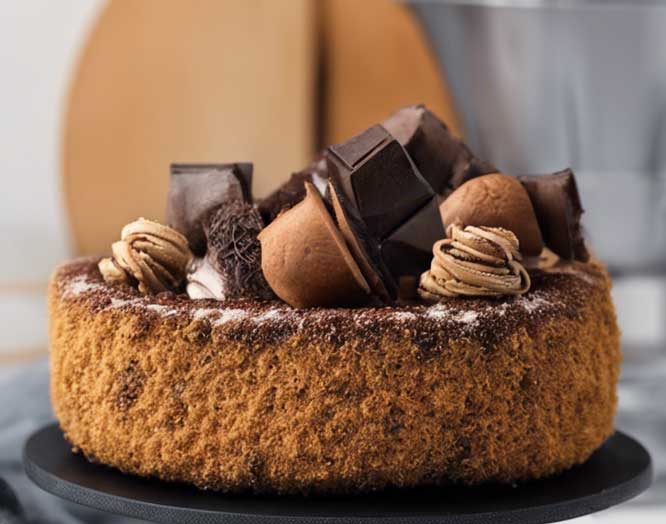
How to Prevent Cakes from Sinking
If your cakes keep sinking in the middle, it can be frustrating and disheartening. But with the right techniques, you can avoid this common baking issue. Below are key steps to ensure your cakes rise evenly and stay firm, helping you master how to keep your cake from sinking in the middle.
1. Measure Ingredients Accurately
One of the most common reasons why cakes sink in the middle is incorrect ingredient measurements. Too much baking powder, baking soda, or liquid can cause excessive rising and then collapse. Using a kitchen scale ensures accuracy and prevents cakes falling in the middle. If you’ve been asking, “Why did my cake sink in the middle during baking?”, start by double-checking your ingredient measurements.
2. Mix the Batter Correctly
Overmixing can lead to excess air in the batter, which expands during baking and then collapses, causing cake falling in middle. On the other hand, undermixing leads to uneven ingredient distribution. To prevent cakes sinking in the middle, mix until just combined, especially for sponge cakes. This is a key step in how to stop sponge cake sinking in the middle.
3. Check for Proper Baking Time
If you take your cake out of the oven too soon, it won’t have set properly, resulting in cakes sinking in the middle. To ensure doneness, use the toothpick test—insert a toothpick into the center of the cake; if it comes out clean, it’s done. This simple test helps prevent cake falling in the middle and answers the common question, “What causes cake to sink in the middle?”
4. Ensure the Oven is at the Right Temperature
An oven that’s too hot or too cold can ruin your cake. If the temperature is too high, the cake will rise too quickly and then collapse. If it’s too low, the cake may not set properly, leading to cakes sinking in the middle. Using an oven thermometer ensures accurate heat control and prevents cake falling issues.
5. Avoid Opening the Oven Door Too Soon
A sudden drop in temperature can cause a cake to deflate. If you’ve ever wondered, “Why did my cake fall in the middle?”, it could be because you opened the oven door too early. Wait until at least 75% of the baking time has passed before checking, ensuring the structure is set to avoid cakes falling in the middle.
6. Use the Right Pan Size
Using the wrong pan can cause uneven baking and contribute to cakes sinking in the middle. If the pan is too small, the cake rises too high and collapses. If it’s too large, the batter spreads too thin, leading to overbaking. Always follow the recipe’s pan recommendations to ensure even baking and avoid cake sinking in the middle.
By following these steps, you can master how to prevent cakes & cupcakes from sinking and ensure a flawless bake every time. Whether you’re troubleshooting why cakes sink in the middle or learning how to keep a cake from falling in the middle, these techniques will help you bake with confidence.
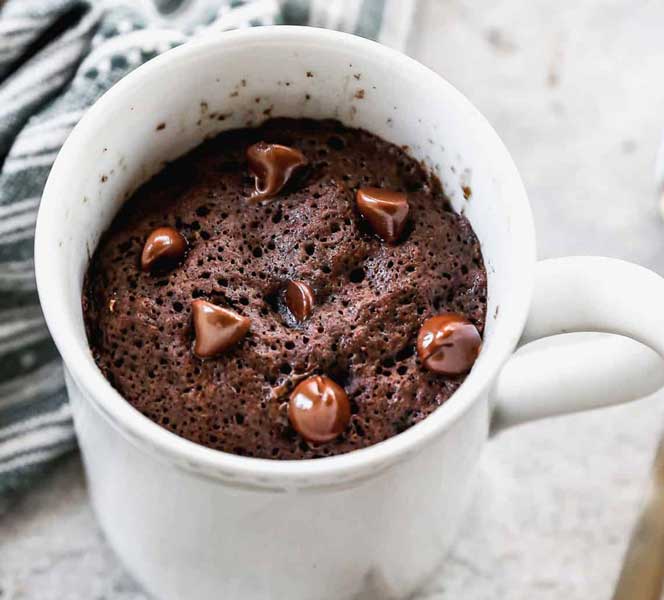
Additional Tips for a Perfectly Baked Cake
Even when you follow the basic steps, a few extra precautions can make all the difference in preventing cakes sinking in the middle. These tips will help ensure your cakes rise evenly and stay firm, reducing the risk of cake falling in middle.
1. Use Fresh Baking Powder & Baking Soda
Expired leavening agents can be a hidden reason why cakes sink in the middle. If your baking powder or baking soda is old, it may not provide the proper rise, leading to cakes falling in the middle. Always check the expiration date and test its effectiveness by mixing a small amount with water (for baking soda) or hot water (for baking powder).
2. Preheat the Oven Properly
Starting with a cold oven can result in uneven baking, causing cake sinking in the middle. Preheat your oven for at least 10-15 minutes before baking to ensure even heat distribution. This prevents cake falling in the middle and ensures a steady rise.
3. Allow the Cake to Cool Gradually
A sudden temperature change after baking can cause cakes sinking in the middle. Avoid placing a hot cake in a cold environment immediately after baking. Instead, let it cool gradually at room temperature before transferring it to a wire rack. This prevents shrinkage and ensures a stable structure.
By implementing these additional tips, you can perfect how to keep your cake from sinking in the middle and achieve consistently well-baked results. Whether you’re troubleshooting why did my cake sink in the middle? or looking to prevent cake falling in middle, these small adjustments will help you bake like a pro.
Conclusion
Baking the perfect cake requires precision, patience, and attention to detail. By understanding why cakes sink in the middle, you can take the right steps to prevent this common baking mishap.
To recap, always measure ingredients accurately, mix the batter gently, and bake at the correct temperature. Avoid opening the oven door too soon, use the right pan size, and allow the cake to cool gradually. Following these essential tips will help you master how to keep your cake from sinking in the middle and ensure a perfectly baked cake every time.
So, the next time you find yourself wondering, “Why did my cake sink in the middle?”, you’ll have the knowledge and solutions to prevent it. Happy baking, and may your cakes always rise beautifully without sinking!
Frequently Asked Questions (FAQs)
1. How to Prevent Cake from Sinking After Baking?
To prevent your cake from sinking after baking, ensure it is fully cooked before removing it from the oven. Use the toothpick test—insert a toothpick in the center; if it comes out clean, the cake is done. Also, allow the cake to cool gradually at room temperature instead of exposing it to sudden temperature changes, which can cause cake sinking in the middle.
2. Why Do Cakes Sink in the Middle?
Cakes often sink in the middle due to incorrect ingredient measurements, overmixing the batter, underbaking, or oven temperature issues. Using too much leavening agent or opening the oven door too soon can also contribute to cakes sinking in the middle.
3. Why Does My Cake Sink in the Middle?
If you’re asking, “Why did my cake sink in the middle?”, the most likely reasons are an undercooked center, too much moisture in the batter, or an oven that’s too hot or too cold. Always follow the recipe’s measurements, use an oven thermometer for accuracy, and avoid disturbing the cake during baking.
4. Why Do Sponge Cakes Sink in the Middle?
Sponge cakes are delicate and prone to collapsing if overmixed or underbaked. Too much air in the batter can cause it to rise too quickly and then deflate. To stop sponge cake sinking in the middle, mix the batter gently and bake at the correct temperature without opening the oven door too early.
5. Why Do Cakes Sink?
Cakes sink for various reasons, including too much leavening, underbaking, improper mixing, and temperature fluctuations. Ensuring a well-balanced batter and proper baking conditions can help keep your cake from falling in the middle.
6. How to Stop Things Sinking in Cakes?
If ingredients like chocolate chips or fruits sink to the bottom of the cake, try tossing them in a little flour before folding them into the batter. This helps them stay suspended and evenly distributed, preventing them from sinking during baking.
7. Why Did My Cake Sink When Cooling?
A cake can sink while cooling if it was removed from the oven too soon or if the sudden temperature change caused it to shrink. Let the cake cool gradually at room temperature to avoid cake falling in the middle.
